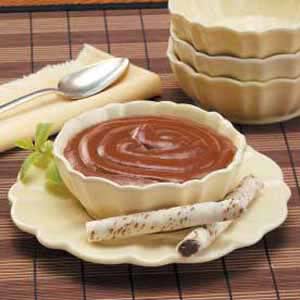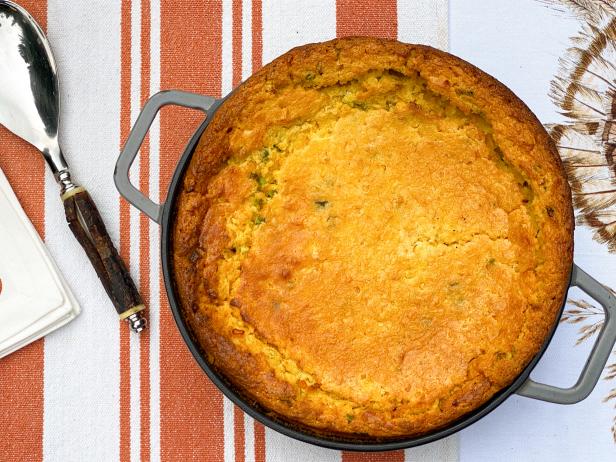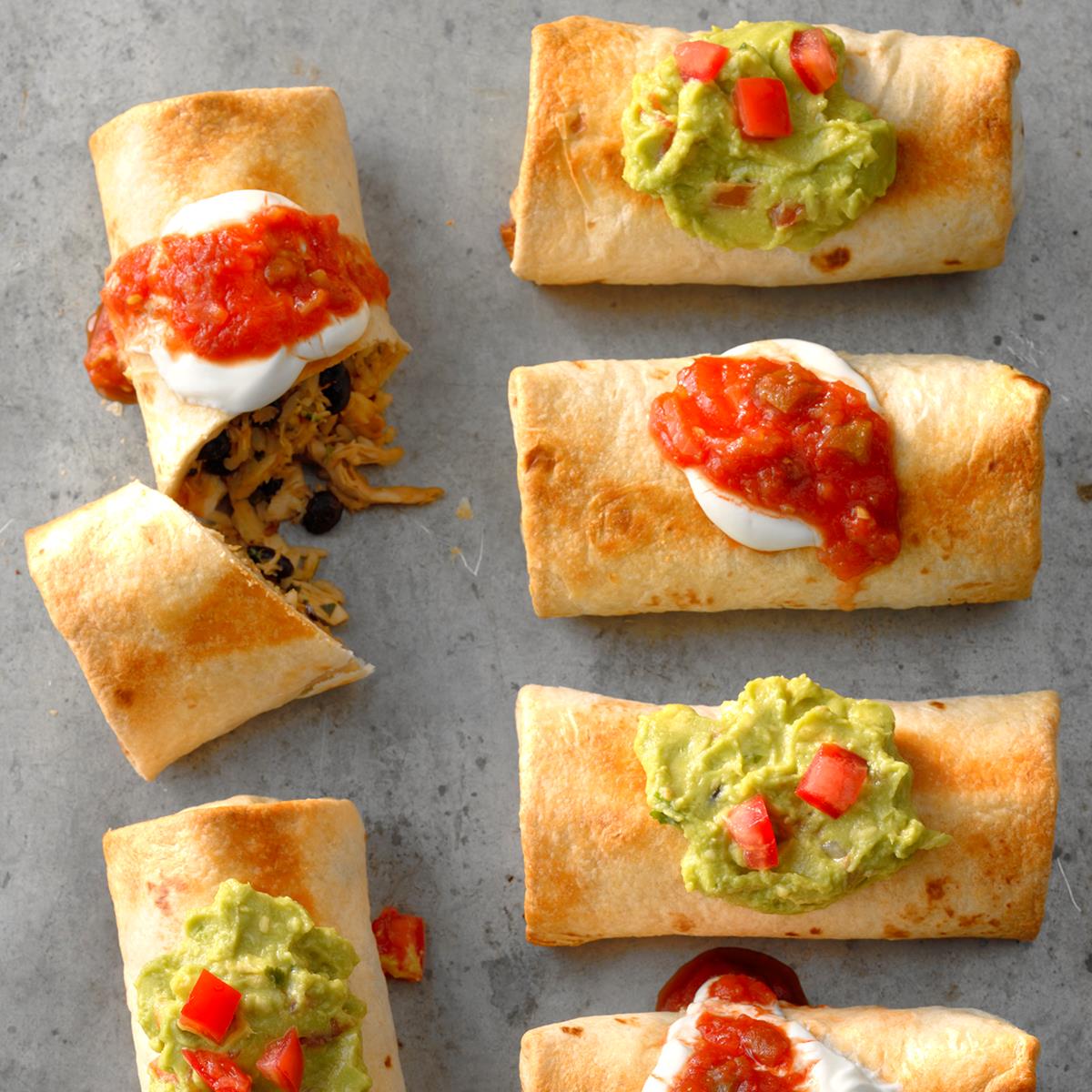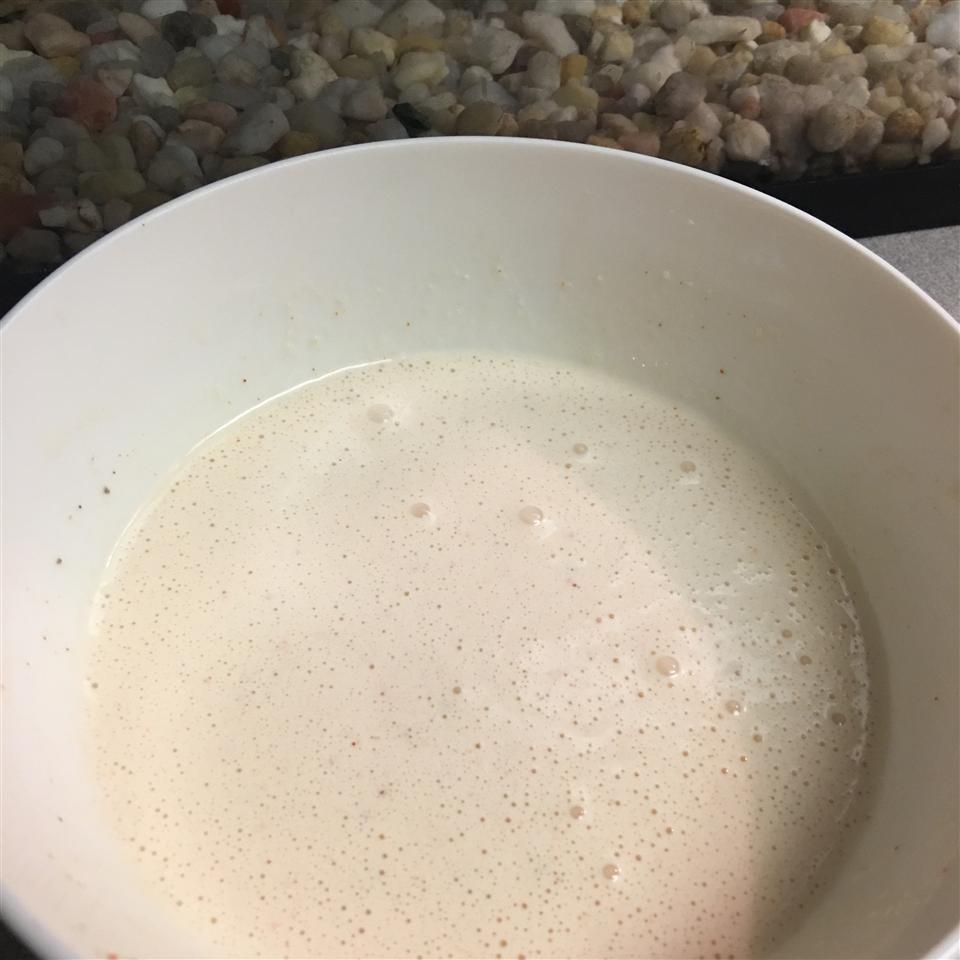**Homemade Red Pasta Dough: A Culinary Journey into Italian Tradition**
Pasta, a staple of Italian cuisine, has captured the hearts of food lovers worldwide with its versatility and deliciousness. Among the various types of pasta, red pasta stands out with its vibrant hue and unique flavor. This culinary masterpiece is crafted using a special dough enriched with natural ingredients that impart a delightful red color and a tantalizing taste.
In this article, we present a collection of homemade red pasta dough recipes that will guide you through the process of creating this delectable dish from scratch. Whether you're a seasoned pasta maker or a novice cook embarking on a culinary adventure, these recipes provide step-by-step instructions and essential tips to ensure success.
From the classic tomato-based red pasta dough to innovative variations incorporating beetroot, squid ink, or red wine, these recipes offer a range of options to suit every palate. Discover the secrets of achieving the perfect texture, vibrant color, and authentic Italian flavor in your homemade red pasta.
Prepare to embark on a delightful journey into the world of red pasta, where each recipe promises a unique culinary experience. Buon Appetito!
HOW TO MAKE RED LENTIL PASTA
Steps:
- Pour the lentil flour out onto a clean, dry surface. Create a well in the center and add the eggs (or flax eggs) and olive oil.
- Mix/knead until you achieve a homogeneous dough. Be careful when dealing with the dough as it will be more fragile than pasta containing gluten.
- Form the dough into a ball and set aside for 10-15 minutes. This will make it easier to manage and cut.If you find that the dough is a little too crumbly then you can add some water. Add one tablespoon at a time, until it forms a dough.
- Once rested, divide the dough into smaller more manageable pieces. I usually cut it into 4-5 pieces.
- Roll each piece of dough into thin sheets and cut into your desired shape. I.e., pappardelle or thinner noodles, bows, etc. You can also use a pasta machine to create noodles, or a pasta press for shapes such as macaroni or penne, etc.Note: You can also use the pasta machine to roll out the dough. Begin by rolling it out with a rolling pin to fit through the widest setting of the pasta machine. Then feed it through the machine a few times, making it thinner until you achieve the correct thickness.
- To cut into tagliatelle/pappardelle by hand, simply take your rolled out dough (the length that you'd like your pasta noodles to be). Liberally flour it, and then roll it up. Use a sharp knife to then cut the dough into noodles as thin/wide as you'd like.
- Once you've cut the pasta shapes, make sure to sprinkle them with more flour (I use lentil flour) so they don't stick together.You can then cook the pasta immediately, store it in the fridge or freezer, or even dry the pasta (more on this in the storage section below).To cook the pasta, place it in a large pot of salted boiling water and cook for 5-6 minutes, stirring every 20-30 seconds to make sure the pasta doesn't stick together. Then serve with your choice of sauce.
- Store the fresh pasta in an airtight container in the fridge for 1-2 days, or freeze it for between 2-3 months.The pasta can also be dried - either at room temperature or with a dehydrator. There is debate around the shelf life of dried egg pasta, due to the risk of salmonella. To err on the side of caution, I keep my dried pasta in an airtight container in a cool location and use it within a month. You can also freeze the dried pasta for between 5-6 months.
- To dry the pasta: You can use pasta drying racks, a dehumidifier, or lay the pasta out on a large tray in a well-ventilated area.If you're making any type of noodle, then you can begin to dry them flat for 1-2 hours. Then, while the pasta is firm but still pliable, form it into loose nests of around a portion each.Depending on the climate and humidity, the drying time will vary. If you live in a very humid area, I probably wouldn't attempt to dry the pasta.
Nutrition Facts : ServingSize 1 serving, Calories 475 kcal, Carbohydrate 60 g, Protein 31 g, Fat 12 g, SaturatedFat 2 g, TransFat 1 g, Cholesterol 164 mg, Sodium 69 mg, Fiber 30 g, Sugar 2 g, UnsaturatedFat 9 g
EASY HOMEMADE PASTA DOUGH
Consistently great and easy pasta dough. This makes really great homemade linguine or ravioli for a manual pasta machine. If its too sticky, just roll a bit in flour. This recipe makes enough pasta for 24 small raviolis or 4 servings of linguine. Whatever pasta you make should take no more than 4 to 6 minutes to boil.
Provided by pho1962
Categories 100+ Everyday Cooking Recipes
Time 25m
Yield 4
Number Of Ingredients 5
Steps:
- Beat flour, eggs, olive oil, and salt together in a bowl. Add water, 1 teaspoon at a time, to flour mixture until a smooth and very thick dough forms.
- Turn dough out onto a work surface and knead for 10 minutes. Let dough rest for 5 to 10 minutes. Divide dough into 8 balls and use a pasta machine to roll and cut dough into desired pasta shape.
Nutrition Facts : Calories 340.8 calories, Carbohydrate 48 g, Cholesterol 139.5 mg, Fat 11.1 g, Fiber 1.7 g, Protein 11.2 g, SaturatedFat 2.2 g, Sodium 635.5 mg, Sugar 0.5 g
FRESH RED-PEPPER PASTA DOUGH VARIATION
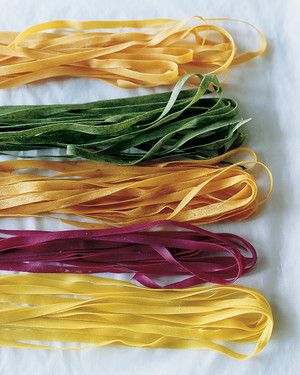
You can also make this recipe using a yellow or an orange bell pepper.
Provided by Martha Stewart
Categories Food & Cooking Healthy Recipes Vegetarian Recipes
Yield Makes about 1 pound
Number Of Ingredients 7
Steps:
- Preheat oven to 450 degrees. Rub 1 large red bell pepper (about 10 ounces) with 1/2 teaspoon olive oil, and place on a baking sheet. Cook, flipping after 10 minutes, until skin begins to bubble and is lightly brown in spots, about 25 minutes. Transfer to a bowl, and immediately cover with plastic wrap. Set aside to steam 15 minutes. Remove skin, stem, seeds, and ribs, and discard. Puree pepper in a food processor (you should have about 1/2 cup puree).
- Add eggs and yolk to puree in food processor, and process until combined. Add flour and 1 heaping teaspoon salt, and process until dough just comes together, about 20 seconds.
- Transfer dough to a well-floured surface. Knead until smooth and elastic, 5 to 10 minutes, adding up to 2 tablespoons flour if dough is too sticky. Place on a piece of parchment, and cover with an inverted bowl, or wrap tightly in plastic; let rest for 1 to 2 hours.
- Cut dough into 8 pieces. Working with 1 piece at a time (keep the remaining pieces covered with the inverted bowl), flatten dough into an oblong shape slightly thinner than the pasta machine's widest setting (number 1). Dust dough very lightly with flour, and feed through machine. Fold lengthwise into thirds and rotate 90 degrees. Repeat twice on same setting to smooth dough and increase its elasticity.
- Turn the dial to next narrower setting. Pass dough through twice, gently supporting it with your palm. Continue to press dough, passing it through ever-finer settings, two passes on each setting, until sheet is almost translucent and very thin but still intact (number 5 of 8 on a KitchenAid pasta roller). The dough will stretch to about 16 inches long. If dough bubbles or tears, pass it through again, and dust with flour if the dough is sticking.
- For farfalle, lasagna squares, or ravioli: Place rolled sheet on a lightly floured surface, and cut out as directed in corresponding recipe, using a dry brush to dust flour off if needed. For ribbon pastas: Place dough on a drying rack until slightly tacky, 10 to 15 minutes, and then use a pasta machine or cutting attachment to cut into strands. Drape over rack until strands are semidry and won't stick together, about 20 minutes. Cook immediately, or lay flat on a baking sheet dusted with semolina, cover tightly with plastic wrap, and refrigerate overnight.
BASIC FRESH PASTA DOUGH
Fresh pasta isn't something to master in one go. It takes time and practice, but it yields dividends. This particular recipe is vastly versatile. It can be made into whole grain pasta, by swapping in 1 cup sifted whole wheat, spelt or farro flour in place of 1 cup all-purpose or 00 flour. Add more egg yolks or water as needed and rest the dough for 1 hour. Or try a green pasta, as in this ravioli verdi: Steam or sauté 6 ounces baby spinach (about 6 cups) until just wilted. Spread it out on a parchment-lined baking sheet, and, when cool, squeeze water out thoroughly, a handful at a time, then chop roughly. Purée with 2 eggs and 1 egg yolk, then use this mixture in place of eggs in the recipe. Or, for something a little different, make an herbed pasta, like this pappardelle, by stirring in 1/2 cup finely chopped parsley, chives, chervil, tarragon, or basil in any combination to the eggs before adding to the flour in the main recipe.
Provided by Samin Nosrat
Categories dinner, lunch, pastas, main course
Time 45m
Yield 4 to 6 servings for cut pasta, 6 to 8 servings for stuffed pasta
Number Of Ingredients 4
Steps:
- Mound the flour in the center of a large, wide mixing bowl. Dig a well in the center of the mound and add eggs and yolks. Using a fork, beat together the eggs and begin to incorporate the flour, starting with the inner rim of the well. The dough will start to come together in a shaggy mass when about half of the flour is incorporated.
- Use your fingers to continue to mix the dough. Press any loose bits of flour into the mass of dough. If needed, add another egg yolk or a tablespoon of water to absorb all of the flour. Once the dough comes together into a cohesive mass, remove it from the bowl.
- Transfer to a lightly floured surface and knead by hand for 4 to 5 more minutes until the dough is smooth, elastic and uniform in color. Wrap the dough in plastic and set aside for at least 30 minutes (and up to 4 hours) at room temperature.
- Line three baking sheets with parchment paper and lightly dust with semolina flour. Set aside.
- Cut off a quarter of the dough. Rewrap rest, and set aside. Use the heel of your hand to flatten the dough into an oval approximately the same width as your pasta machine, about six inches. Set the rollers to their widest setting and pass the dough through.
- Lay the dough out onto a lightly floured cutting board or countertop and neatly press together into halves, so it's again about the same width of the pasta machine. Feed the pasta through again at the widest setting. Think of these first rollings as an extended kneading. Continue to fold the dough in thirds and roll it until it is smooth, silky and even-textured. Do your best to make the sheet the full width of the machine.
- Once the dough is silky and smooth, you can begin to roll it out more thinly. Roll it once through each of the next two or three settings, adding flour as needed, until the dough is about 1/4-inch thick.
- Once the pasta is about 1/4-inch thick, begin rolling it twice through each setting. As you roll, lightly sprinkle all-purpose or 00 flour on both sides of the pasta to prevent it from sticking to itself.
- Roll out pasta until you can just see the outline of your hand when you hold it under a sheet, about 1/16-inch thick for noodles, or 1/32-inch thick for a filled pasta. (On most machines, you won't make it to the thinnest setting.)
- Cut pasta into sheets, about 12 to 14 inches long. Dust the sheets lightly with semolina flour and stack on one of the prepared baking sheets and cover with a clean, lightly dampened kitchen towel. Repeat with remaining dough.
Nutrition Facts : @context http, Calories 197, UnsaturatedFat 2 grams, Carbohydrate 32 grams, Fat 4 grams, Fiber 1 gram, Protein 7 grams, SaturatedFat 1 gram, Sodium 28 milligrams, Sugar 0 grams, TransFat 0 grams
HERBED PAPPARDELLE WITH PARSLEY AND GARLIC
Let the fresh flavor of these herbed noodles - a twist on this basic pasta dough recipe - stand out by tossing them with just a few kitchen staples. Inspired by the classic Roman pasta, aglio, olio, e peperoncino, this simple dish will become a go-to, especially once you develop familiarity and confidence with rolling and cutting pasta. Soon enough, you'll find yourself making it on a weeknight, without a recipe. This recipe also makes more pasta than you need, so freeze the rest for a hearty meal in the days and weeks to come. (And check out Cooking's How to Make Pasta guide for more tips and video.)
Provided by Samin Nosrat
Categories dinner, lunch, pastas, main course
Time 40m
Yield 4 servings, plus leftover pasta
Number Of Ingredients 8
Steps:
- Set a large pot filled with 5 quarts of water over high heat, cover, and bring to a boil. Add 6 tablespoons fine sea salt or 1/2 cup kosher salt. Set a colander in the sink.
- Lightly dust a sheet of pasta with semolina flour, then loosely roll into thirds lengthwise, like folding a letter. Using a sharp knife, cut noodles in 3/4-inch increments. Shake off the excess semolina, and repeat with remaining pasta sheets. Form pasta into small nests (about 3 ounces per portion) on baking sheets lined with parchment paper and dusted with semolina.
- Add 4 nests of pasta to the water and stir. (Freeze the rest of the pasta for later use.)
- Set a large frying pan over medium heat and add the olive oil, garlic, and red pepper flakes. Cook, stirring, until the garlic threatens to turn golden, about 1 minute.
- Just before the garlic begins to brown, add 1 cup pasta cooking water and increase heat to medium-high. Let the sauce simmer until it reduces by about a third.
- Cook pasta until al dente, about 3 minutes, and drain, reserving another cup of pasta water.
- Add drained pasta to the pan and toss. Add parsley, and continue cooking over medium heat for 1 minute, tossing continuously with tongs. If pasta looks dry, add a little pasta water. It should be slightly wetter than you are comfortable with, because the pasta will continue to absorb sauce even after you pull it from the heat. Taste and adjust salt as needed. Remove from heat, and serve immediately with freshly grated Parmesan.
Nutrition Facts : @context http, Calories 202, UnsaturatedFat 17 grams, Carbohydrate 4 grams, Fat 20 grams, Fiber 0 grams, Protein 1 gram, SaturatedFat 3 grams, Sodium 76 milligrams, Sugar 0 grams
FRESH BEET PASTA DOUGH

These rich, delicate noodles pair well with a variety of sauces.
Provided by Martha Stewart
Categories Food & Cooking Healthy Recipes Vegetarian Recipes
Yield Makes about 1 pound
Number Of Ingredients 7
Steps:
- Preheat oven to 375 degrees. Toss beets with oil and a large pinch of salt. Wrap tightly in a parchment-lined piece of foil, and place on a baking sheet. Roast until tender, 45 minutes to 1 hour. Let cool. Rub beets with paper towels to remove skins. Puree in a food processor (you should have 1/2 cup puree).
- Add eggs and yolk to puree in food processor, and process until combined. Add flour and 1 heaping teaspoon salt, and process until dough just comes together, about 20 seconds.
- Transfer dough to a well-floured surface. Knead until smooth and elastic, 5 to 10 minutes, adding up to 2 tablespoons flour if dough is sticky. Place on a piece of parchment and cover with an inverted bowl, or wrap tightly in plastic; let rest for 1 to 2 hours.
- Cut dough into 8 pieces. Working with 1 piece at a time (keep the remaining pieces covered with the inverted bowl), flatten dough into an oblong shape slightly thinner than the pasta machine's widest setting (number 1). Dust dough very lightly with flour, and feed through machine. Fold lengthwise into thirds and rotate 90 degrees. Repeat twice on same setting to smooth dough and increase its elasticity.
- Turn the dial to next narrower setting. Pass dough through twice, gently supporting it with your palm. Continue to press dough, passing it through ever-finer settings, two passes on each setting, until sheet is almost translucent and very thin but still intact (number 5 of 8 on a KitchenAid pasta roller). The dough will stretch to about 16 inches long. If dough bubbles or tears, pass it through again, and dust with flour if the dough is sticking.
- For farfalle, lasagna squares, or ravioli: Place rolled sheet on a lightly floured surface, and cut into desired shape, using a dry brush to dust flour off if needed. Cook according to corresponding recipe. For ribbon pastas: Place dough on a drying rack until slightly tacky, 10 to 15 minutes, and then cut into strands using a pasta machine, cutting attachment, or by hand. Drape over rack until strands are semidry and don't stick together, about 20 minutes. Cook immediately, or lay in a single layer on a baking sheet dusted with semolina, cover tightly with plastic wrap, and refrigerate overnight.
FRESH PASTA

Go the extra mile for a classic Italian meal and make your own fresh pasta dough. Our simple recipe can be used to make any style or shape
Provided by Elena Silcock
Categories Pasta
Time 33m
Number Of Ingredients 3
Steps:
- Put the flour in a food processor with ¾ of your egg mixture and a pinch of salt. Blitz to large crumbs - they should come together to form a dough when squeezed (if it feels a little dry gradually add a bit more egg). Tip the dough onto a lightly floured surface, knead for 1 min or until nice and smooth - don't worry if it's quite firm as it will soften when it rests. Cover with cling film and leave to rest for 30 mins.
- Cut away ¼ of the dough (keep the rest covered with cling film) and feed it through the widest setting on your pasta machine. (If you don't have a machine, use a heavy rolling pin to roll the dough as thinly as possible.) Then fold into three, give the dough a quarter turn and feed through the pasta machine again. Repeat this process once more then continue to pass the dough through the machine, progressively narrowing the rollers, one notch at a time, until you have a smooth sheet of pasta. On the narrowest setting, feed the sheet through twice.
- Cut as required to use for filled pastas like tortellini, or cut into lengths to make spaghetti, linguine, tagliatelle, or pappardelle. Then, dust in semolina flour and set aside, or hang until dry (an hour will be enough time.) Store in a sealed container in the fridge and use within a couple of days, or freeze for 1 month.
Nutrition Facts : Calories 200 calories, Fat 6 grams fat, SaturatedFat 1 grams saturated fat, Carbohydrate 29 grams carbohydrates, Sugar 0.2 grams sugar, Fiber 1 grams fiber, Protein 7 grams protein, Sodium 0.2 milligram of sodium
Tips:
- Use high-quality ingredients: The better the ingredients, the better the pasta will be. Use double zero flour, which is a finely ground flour that will produce a smooth and elastic dough. Fresh eggs will also help to create a rich and flavorful pasta.
- Knead the dough properly: Kneading the dough is an important step that helps to develop the gluten in the flour. This will make the pasta more elastic and easier to work with. Knead the dough for at least 10 minutes, or until it is smooth and elastic.
- Let the dough rest: After kneading the dough, let it rest for at least 30 minutes. This will help the dough to relax and make it easier to roll out.
- Use a pasta roller: If you have a pasta roller, use it to roll out the dough. This will help to create a thin and even sheet of pasta. If you don't have a pasta roller, you can use a rolling pin.
- Cook the pasta in plenty of boiling water: When cooking the pasta, make sure to use plenty of boiling water. This will help to prevent the pasta from sticking together.
- Don't overcook the pasta: Pasta is best when it is cooked al dente, or slightly firm to the bite. Overcooked pasta will be mushy and unpleasant to eat.
Conclusion:
Making homemade red pasta dough is a rewarding experience that can be enjoyed by people of all ages. With a little practice, you'll be able to create delicious and authentic pasta dishes that will impress your family and friends. So what are you waiting for? Get started today!
Are you curently on diet or you just want to control your food's nutritions, ingredients? We will help you find recipes by cooking method, nutrition, ingredients...
Check it out »
You'll also love





